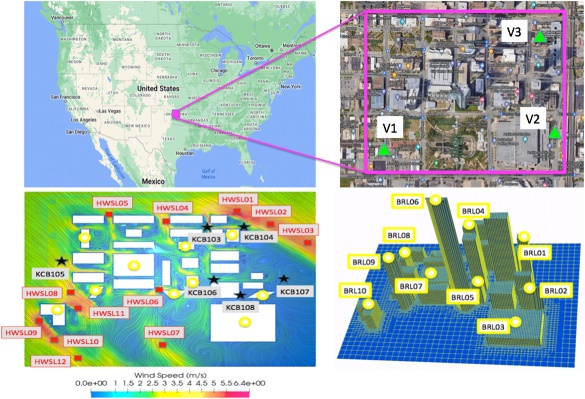Winds of Change – A Proposal to Reconstruct Wind Flows for Urban Air Mobility
The Wind Beneath – Above, In Front of, and Behind – Your Wings. (Or Perhaps Your Rotors).

In his paper, “Reconstructing urban wind flows for urban air mobility using reduced-order data assimilation,” Mounir Chrit, a postdoctoral fellow in atmospheric sciences at the University of North Dakota, proposes what he contends is a more effective way to predict wind flow, especially in the complex structural environments where urban air mobility (UAM) traffic, much of it uncrewed, will traverse the skies in and around the major metropolitan areas as this new transportation mode takes hold in the near future.
Chrit uses a reduced order data assimilation approach to mitigate disparities between predicted urban wind speeds using a computational fluid dynamics (CFD), Reynolds-average Navier Stokes (RANS) model with current real-world observations, which are currently scant and somewhat limited. He calls his developed data assimilation system UrbanDA.
Chrit’s UrbanDA is founded on a time-dependent variational framework and utilizes space reduction to diminish the memory cost of the process.
By introducing data assimilations of synthetic observations and real IoT sensors into a CFD model, UAM operators can better incorporate hyperlocal wind features in any given urban environment. The installation of wind sensors in key areas of the urban environment, such as near-wall locations in close proximity to turbulence generation areas with high wind speeds, will have the most impact, Chrit posits.
UrbanDA will result in better alignment with the facts on the ground and in the air, yielding a reduction of more than 10% of wind hazards resulting from building wakes, Chrit believes.
Want to keep up with the latest advancement in in Urban/Advanced Air Mobility? Subscribe to AeroCar Journal today. It’s free, for a limited time.


